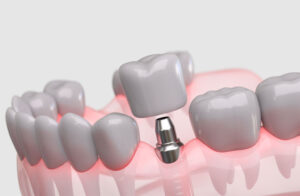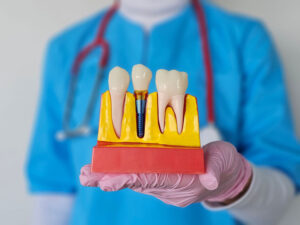There are plenty of options for replacing missing teeth, but dental implants are by far the strongest, most durable, and most natural-looking option on the market. Dental implants can fill in a gap in your smile, repair a bad bite, and prevent nearby teeth from shifting, among other benefits.
And the best part is, they function just like your real teeth! They’re able to do this because, just like your real teeth, dental implants are anchored in your jaw bone. But instead of roots, dental implants are mounted on titanium screws that your jaw bone bonds to, in a process called osseointegration. Although dental implants are already a very successful procedure, exciting technology might make them even more efficient.
Nanotechnology and Dental Implants
Nanotechnology refers specifically to engineering performed on a nano scale — that is, from 1 to 100 nanometers in size. (In case you aren’t awestruck by that scale yet: A nanometer is one billionth of a meter, there are over 25 million in an inch!) Titanium has remained the biomedical metal of choice for more than sixty years due to its high biocompatibility and resistance to corrosion. Bone is able to bond to titanium, which is what makes it so ideal for use in dental implants. Titanium has its shortcomings, but there isn’t a better option available — or at least, not yet. This is a problem that nanotechnology researchers are hoping to solve.
There are three leading areas of research in this field: Ceramic coatings, surface functionalization, and surface topography.
Ceramic coatings are intended to mimic the mineral phase of bone tissue, making it easier for cells to attach and bone to form. Ceramic coatings have shown promising results in animal trials, including faster healing time and stronger bone formation. A coating on the implant also allows for the application of anti-inflammation agents to the surface of the implant, which could reduce or eliminate the need for post-surgery medications.
Surface functionalization refers to a method of coating dental implants using molecular grafting or chemical treatment in order to create hydrophilic surfaces (that is, surfaces that don’t repel water). Some scientists theorize that a hydrophilic implant surface will facilitate bone-to-implant contact, promoting faster integration.
Surface topography means changing the texture of the surface to make it more compatible with bone tissue. Textured implants have been tried in the past, but it’s hoped that smaller surface structures will improve the impact.
Technology for the Future
Unfortunately, while nanotechnology holds the promise of even more effective dental implants, it is still experimental tech. It will be many years before these improved implants will be available commercially. Luckily, dental implants already boast a success rate as high as 95 percent, and have been known to last a lifetime with proper care.
If you are in Westchester County and would like to discuss dental implants, please contact the experienced implant dentists at Advanced Dentistry of Mohegan Lake to schedule a consultation.





